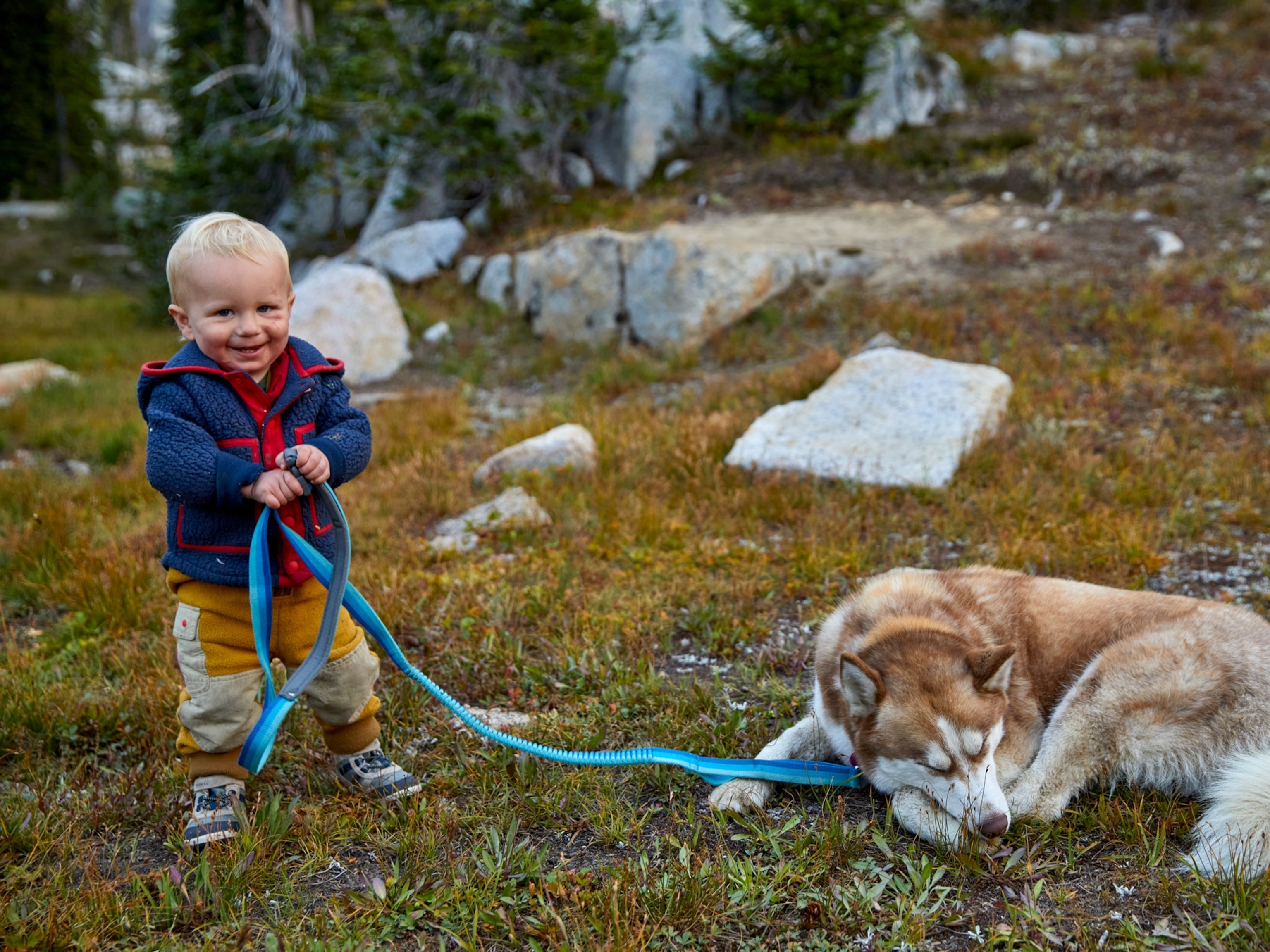Rare Amazon Jungle Dog Caught on Video
Lucky camera trap captures a glimpse of rarely seen short-eared dog.
One of the Amazon rain forest's most elusive inhabitants, the short-eared dog, has been caught on video.
About the size of a fox, these jungle canines are incredibly difficult to spot. In fact, a journey to the Amazon is far more likely to yield a jaguar sighting than a glimpse of a wild short-eared dog.
"They are rare and hard to see," says veterinarian and ecologist Renata Leite Pitman, a researcher at Duke University and National Geographic grantee. She's been studying short-eared dogs, which only live in the Amazon basin, for 14 years. In that time, she's managed to capture and affix tracking collars to only five of the animals.
"They are very timid, totally different from pets," Leite Pitman says. And their dark coloring helps them blend in with the rain forest underbrush and avoid predators.
Catching the dog (Atelocynus microtis) on video was a complete surprise.
In late May, conservation biologist Lary Reeves set up a GoPro camera near a white-lipped peccary carcass. The rotting, bug-ridden corpse had been discovered along a trail near the Tambopata Research Center, located deep in southeastern Peru. Wanting to record what he'd heard was a "king vulture fiesta" at the carcass, Reeves braved the rampaging insects and rancid stench to set the camera a few feet from the carcass.
When he reviewed the footage, Reeves was astonished to see the dark, sleek shape of the jungle dog appear in the frame.
"The dog came by about 20 minutes after we left," says Reeves, a graduate student at the University of Florida. "That was crazy."
But the animal didn't stick around for long. In the video it sniffs the carcass and eyes the GoPro with concern before slinking off. That behavior isn't too surprising. "They avoid cameras," Leite Pitman says.
Her experience with the dogs suggests that they're very wary of recording equipment, with its blinking lights and associated human smells.
As a consequence of their rarity, not much is known about the dogs' behavior, population numbers or distribution, which appears to be patchy. But Leite Pitman and others suspect the dogs' numbers are declining as a result of deforestation and prey depletion—as well as the presence of domestic dogs, which can introduce a host of diseases, such as parvovirus.
Still, "if you want to spot them, I would say go to Tambopata or Los Amigos [near Manu National Park]," she says. "That's the best chance you have to spot them in the wild."
Follow Nadia Drake on Twitter.





